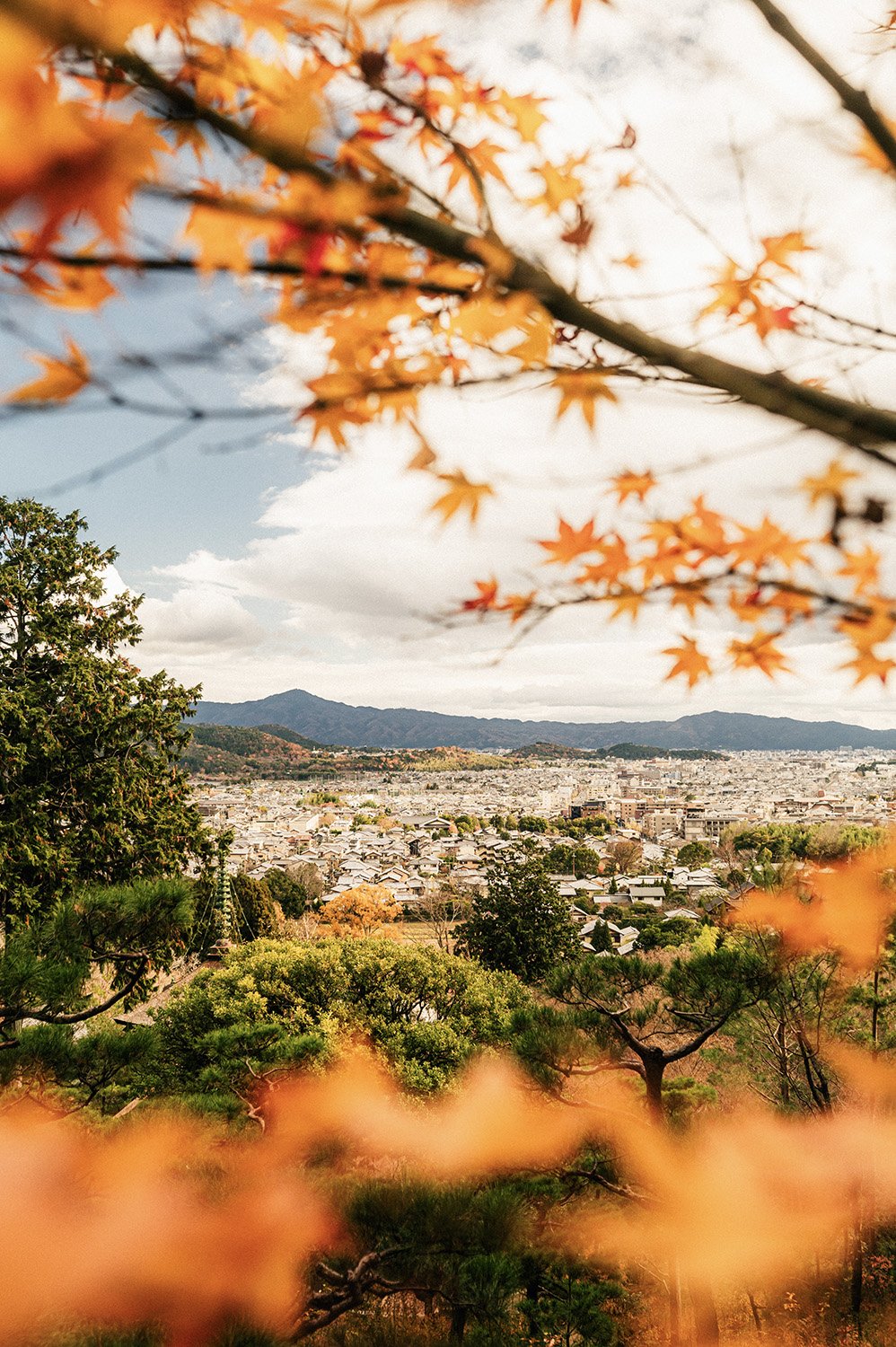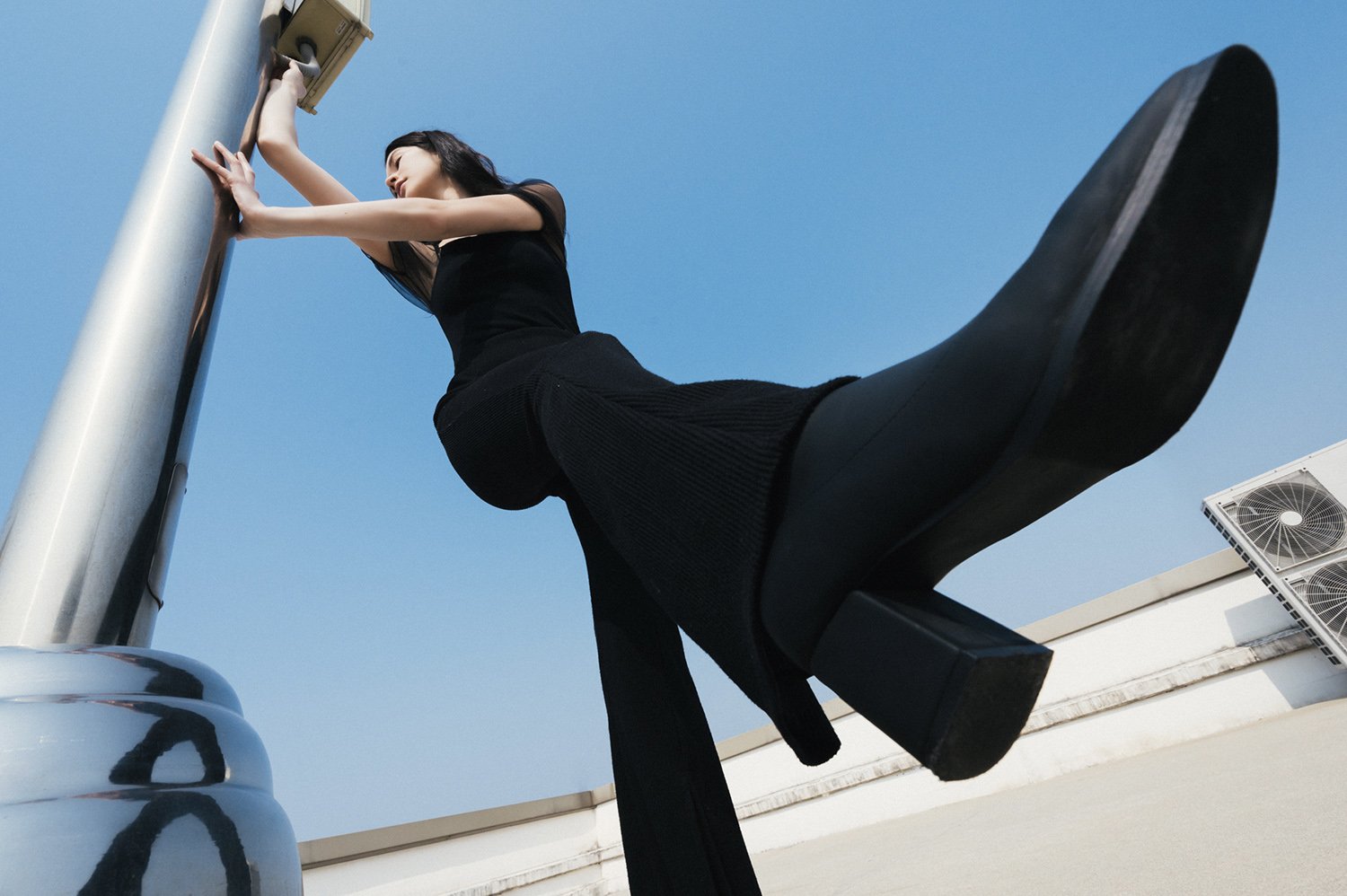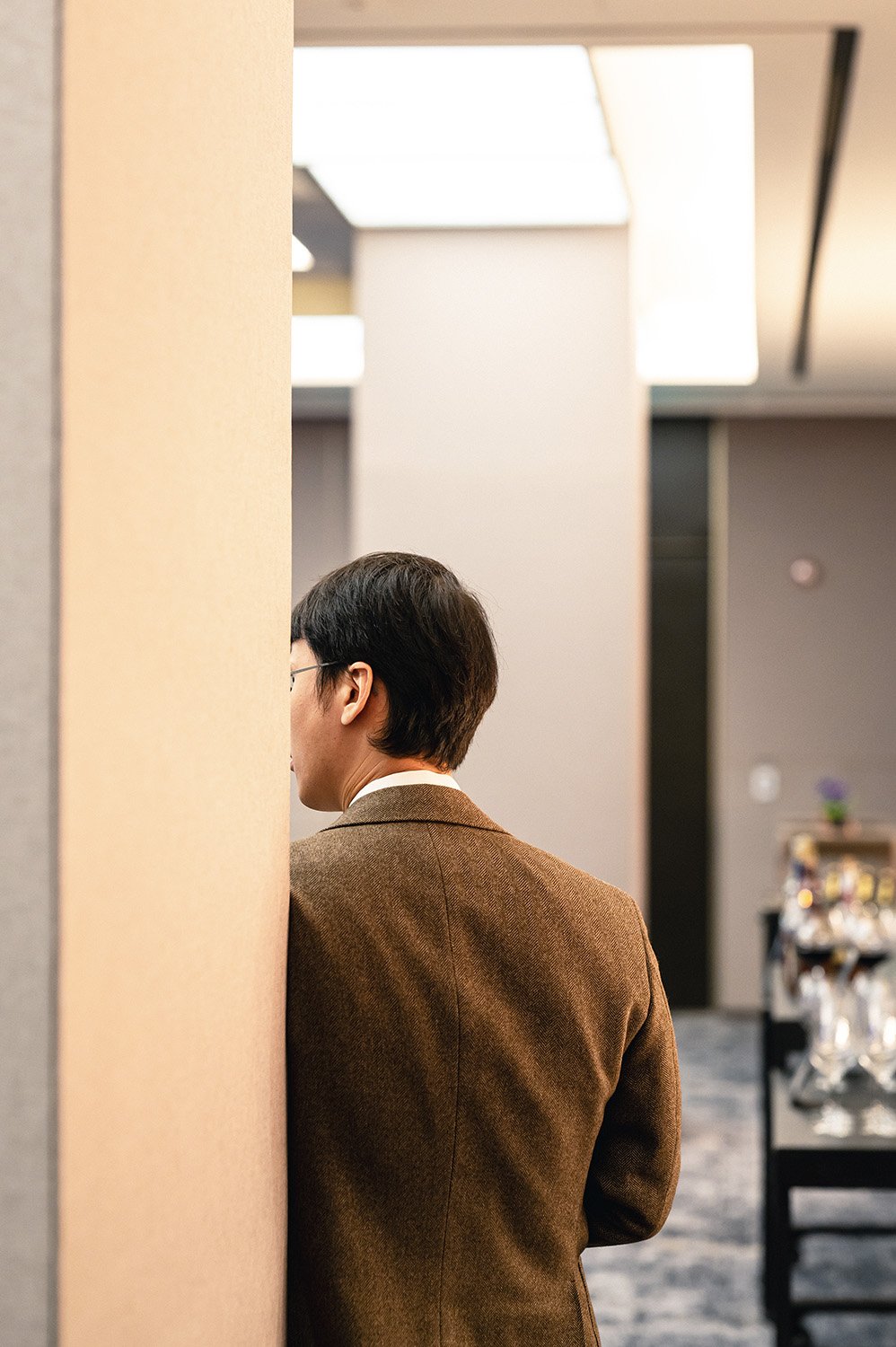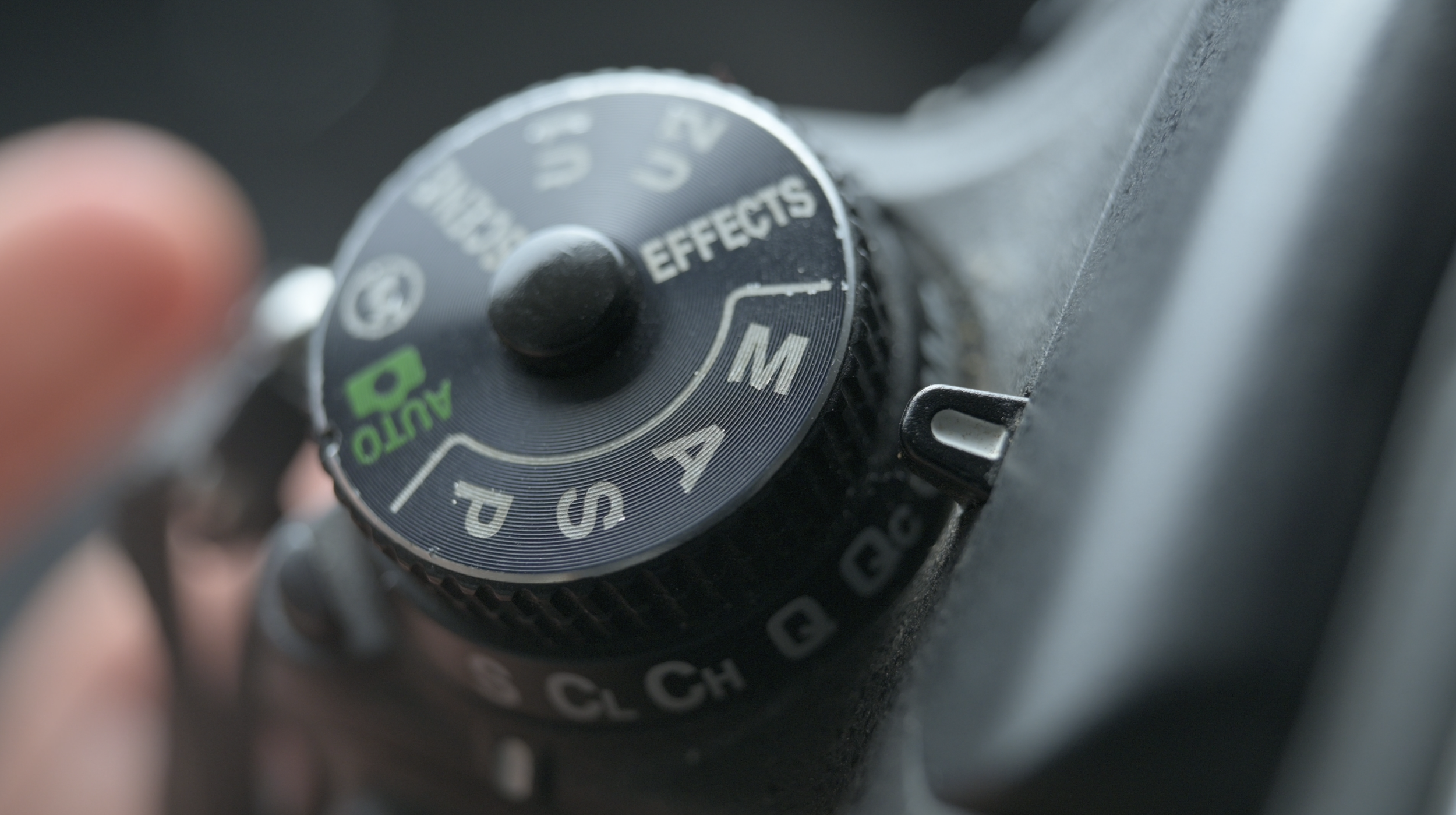Understanding APERTURE in Photography
Aperture plays a pivotal role in photography, akin to how our eyes adjust to light. It's the diaphragm in your lens that dictates how much light reaches the camera sensor. This crucial setting is measured in f-stops, with values like f1.4, f2, f5.6, f8, and so on. Understanding these values is key to mastering photography.
The Basics of Aperture and F-Stop
- Small Numbers: Lower f-stop values mean a larger aperture, allowing more light to hit the sensor. This is vital in low-light conditions or for achieving a shallow depth of field.
- Large Numbers: Higher f-stop values mean a smaller aperture, reducing the amount of light but increasing the depth of field.
The Effect on Depth of Field
Depth of field is significantly influenced by aperture:
- Low F-Stop: A setting like f1.4 or f2.8 results in a shallow depth of field, blurring both foreground and background. This is often desired in portrait photography to isolate the subject from the surroundings.
- High F-Stop: Settings like f8 or f11 lead to a wider depth of field, bringing both foreground and background into focus, ideal for landscapes.


However, keep in mind that these standards ideas can be used in different ways like using a small aperture for portraits to be able to play with lines to push the eyes to look at the model with the perspective or using a shallow depth of field for a landscape to create a blurry frame in the frame.


Controlling Aperture
To control aperture:
- Priority Mode: Use the Aperture Priority mode (A or AV), a semi-automatic setting allowing you to choose the aperture while the camera adjusts other settings for proper exposure.
- Manual Mode: For full control, switch to Manual mode (M), where you'll manage aperture, shutter speed, and ISO sensitivity yourself.
Understanding Aperture's Technical Side
Aperture is more than just a setting. The 'F' value is a ratio between the aperture diameter and the lens's focal length. For example, F2 means the aperture diameter is half the focal length of the lens. While technical, this helps maintain consistency across different lenses.
For exemple using a 50mm F/1.8 with the aperture set up to F/2 result in an opening of the diaphragm of 25mm.
50(mm) / (F)2 = 25(mm)
Creative Applications and Quality Considerations
- Artistic Flexibility: There's no one-size-fits-all in photography. Experiment with various apertures to achieve unique effects, like using a large aperture in landscapes for a blurred foreground or a small aperture in portraits to incorporate environmental elements.
- Quality at Extreme Settings: Be mindful of extreme apertures. Wide apertures like f1.4 can introduce vignetting and chromatic aberrations, while very narrow apertures like f22 might reduce sharpness due to diffraction. Understanding your lens's optimal settings is key to maintaining image quality.


Balancing Aperture with Other Settings
It's often a balancing act. For instance, in low light, you might need a wide aperture, but this could affect sharpness if the subject is far away. In such cases, slightly narrowing the aperture and adjusting the ISO or shutter speed could yield better results.
Conclusion
Mastering aperture is about understanding its impact on light and depth of field and balancing it with other camera settings to achieve your artistic vision. Experiment, and understand your equipment, and you'll find that the aperture is a powerful tool in your photography arsenal.






